The origin and evolution of Byzantine Iconography, tracing its roots from the Fayum portraits of the Hellenistic tradition to the revered relics such as the Holy Mandylion and the Shroud of Turin. Through historical narratives and religious traditions, this study elucidates the pivotal role of icons in conveying religious messages and fostering spiritual devotion within the Byzantine Empire. Furthermore, it explores the Iconoclastic Controversy and its resolution, highlighting the enduring significance of icons as windows to the divine.
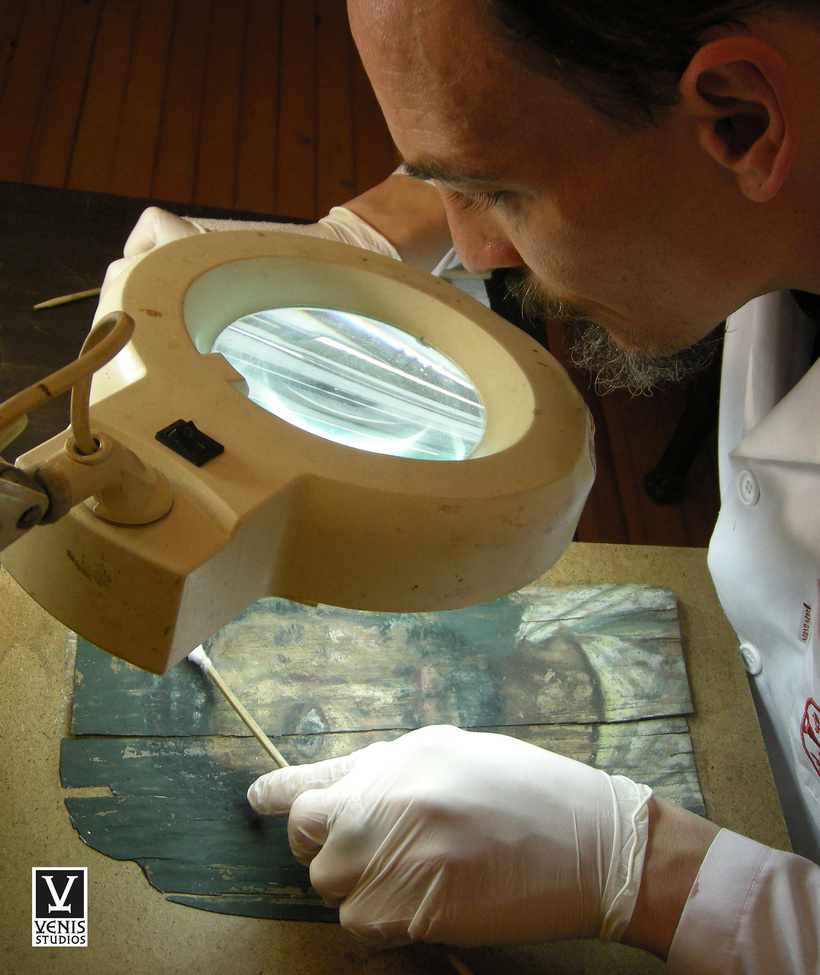
Conservation of a Fayum Portrait by Venizelos G. Gavrilakis and VENIS STUDIOS © VENIS STUDIOS
Byzantine Iconography, characterized by its religious symbolism and spiritual depth, stands as a cornerstone of Eastern Orthodox Christian art. This article aims to provide an in-depth exploration of its origins, spanning from the Fayum portraits of ancient Egypt to the revered relics venerated by Christians worldwide. Through a meticulous analysis of historical accounts and artistic developments, the journey of Byzantine Iconography unfolds, illuminating its profound impact on religious worship and cultural heritage.
The Evolution from Fayum Portraits to Portable Icons:
The technical origins of Byzantine Iconography can be traced back to the Fayum portraits, crafted by Greek painters during the Hellenistic tradition. These portraits, serving as individualized depictions for funerary purposes, paved the way for the development of portable icons. As political and religious shifts forced population movements, these portraits became detached from mummies and served as early examples of portable religious imagery.
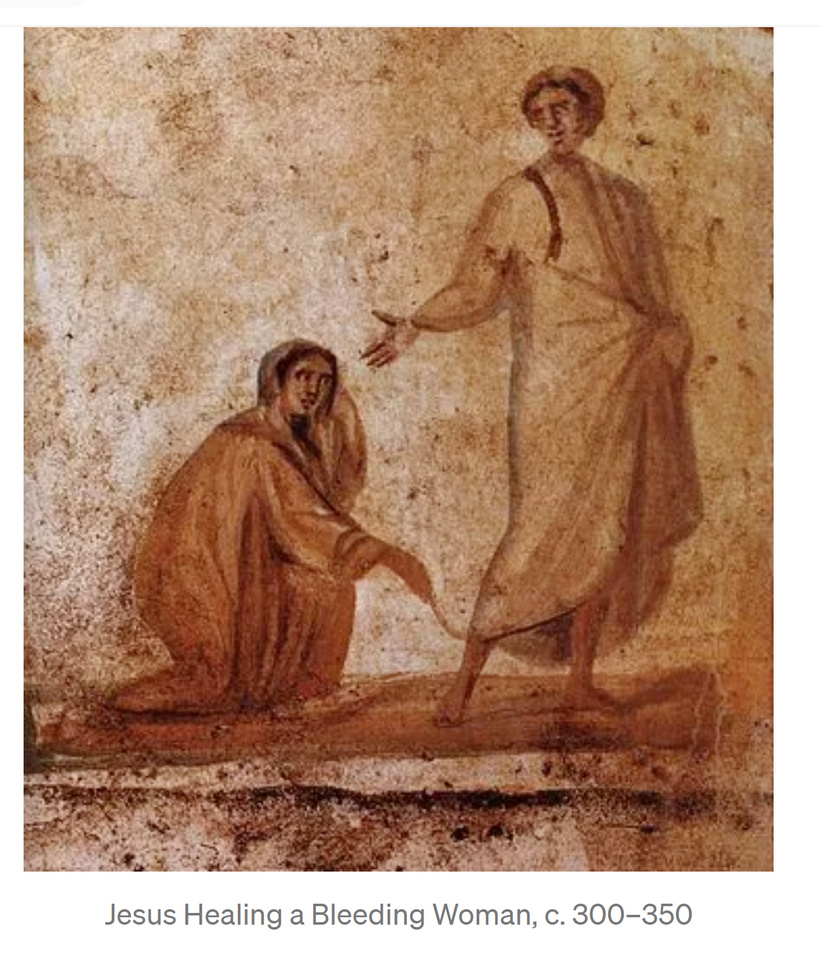 Fresco – The fisrt painted Icons in Catacombs © VENIS STUDIOS
Fresco – The fisrt painted Icons in Catacombs © VENIS STUDIOS
The Icon of King Abgar and the Holy Mandylion:
According to Orthodox Christian tradition, the first iconic representation was created by Jesus Christ Himself in response to a request from King Abgar of Edessa. The resulting image, known as the Holy Mandylion, marked a significant moment in the history of Byzantine Iconography. The narrative surrounding its creation and subsequent journey to Constantinople underscores the sacred significance attributed to icons within Christian theology.
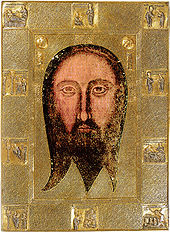
The Byzantine Gold revetment of The Holy Mandylion with the painting icon copy © VENIS STUDIOS
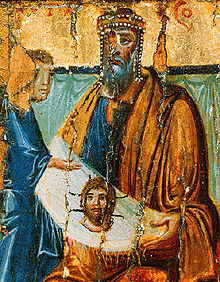
Icon depicting the king Abdgar receiving the Holy Mandylion from his servent © VENIS STUDIOS
The Shroud of Turin and the Holy Shroud:
Another revered relic associated with Byzantine Iconography is the Shroud of Turin, believed by many to bear the miraculous imprint of Jesus Christ. Its historical journey, from Jerusalem to Edessa and eventually to Turin, reflects the enduring fascination with sacred relics within the Christian tradition. Despite controversies surrounding its authenticity, the Shroud remains a focal point of veneration and scholarly inquiry.
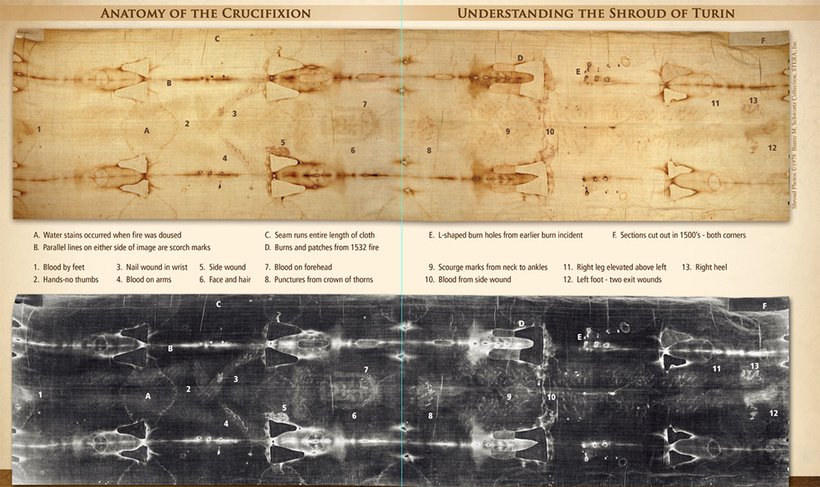 The Holy Shroud of Turin © VENIS STUDIOS
The Holy Shroud of Turin © VENIS STUDIOS
The Role of Icons in Early Christian Worship:
The veneration of icons experienced a significant surge following the First Council of Nicaea in 325 AD, which officially sanctioned their use within the Church. Icons served as visual aids for conveying religious teachings to both literate and illiterate individuals, fostering spiritual devotion and education. However, the use of icons was not without controversy, as evidenced by the Iconoclastic Controversy that divided the Byzantine Empire.
Encaustic Icon at the Sinai Monaster Depiction of Jessus Christ 6th century © VENIS STUDIOS
The Resolution of the Iconoclastic Controversy:
The Iconoclastic Controversy, marked by periods of fervent debate and destruction, found resolution with the Council of Istanbul in 843 AD. This council affirmed the legitimacy of icon veneration within the Eastern Orthodox Church, solidifying the enduring role of icons as sacred objects of worship. Despite the challenges posed by iconoclasm, Byzantine Iconography persevered, leaving a lasting imprint on religious art and culture.
In conclusion, the evolution of Byzantine Iconography from its origins in the Fayum portraits to its revered status as sacred relics represents a journey of spiritual significance and artistic innovation. Despite facing opposition and controversy, icons have remained integral to Christian worship, serving as windows to the divine and repositories of religious devotion. Through scholarly inquiry and reverence, the legacy of Byzantine Iconography continues to inspire and enrich religious communities worldwide.
I want to learn more:
by Venizelos G. Gavrilakis
Edited Athina Gkouma
About the author:
Venizelos G. Gavrilakis, a renowned expert in the art conservation and restoration of Byzantine and post-Byzantine icons, historical oil paintings, and Ottoman-era artwork, has been working as a senior expert conservator and restorer since 1994. He has worked with various institutions and has been involved in international conservation meetings and conferences. Gavrilakis is the president of the art conservation and restoration company VENIS STUDIOS, based in Istanbul, Turkey, and has collaborated with galleries, antique dealers, and private collectors.
-
Articles: World Art News articles
Our related articles


